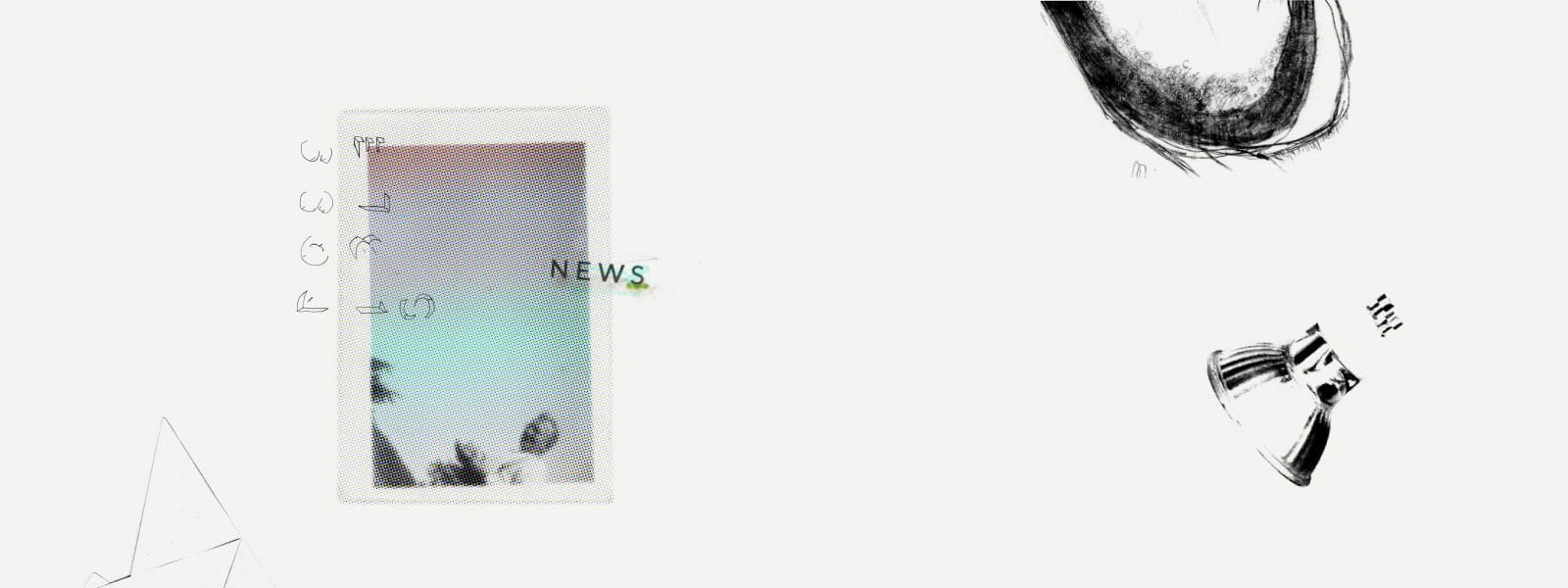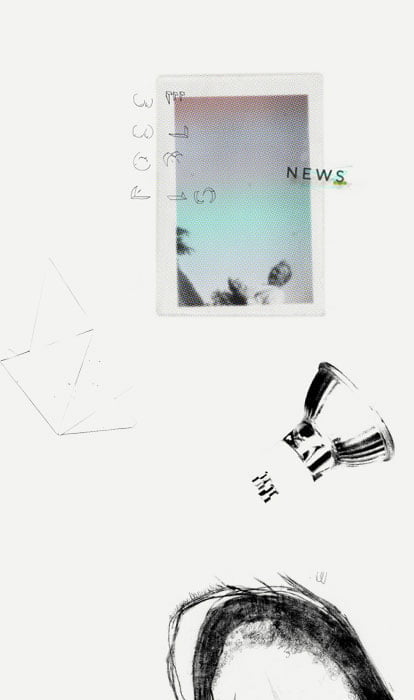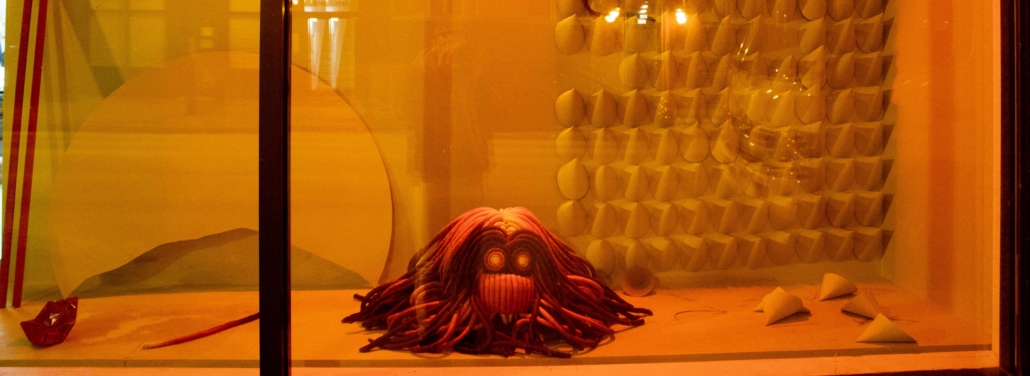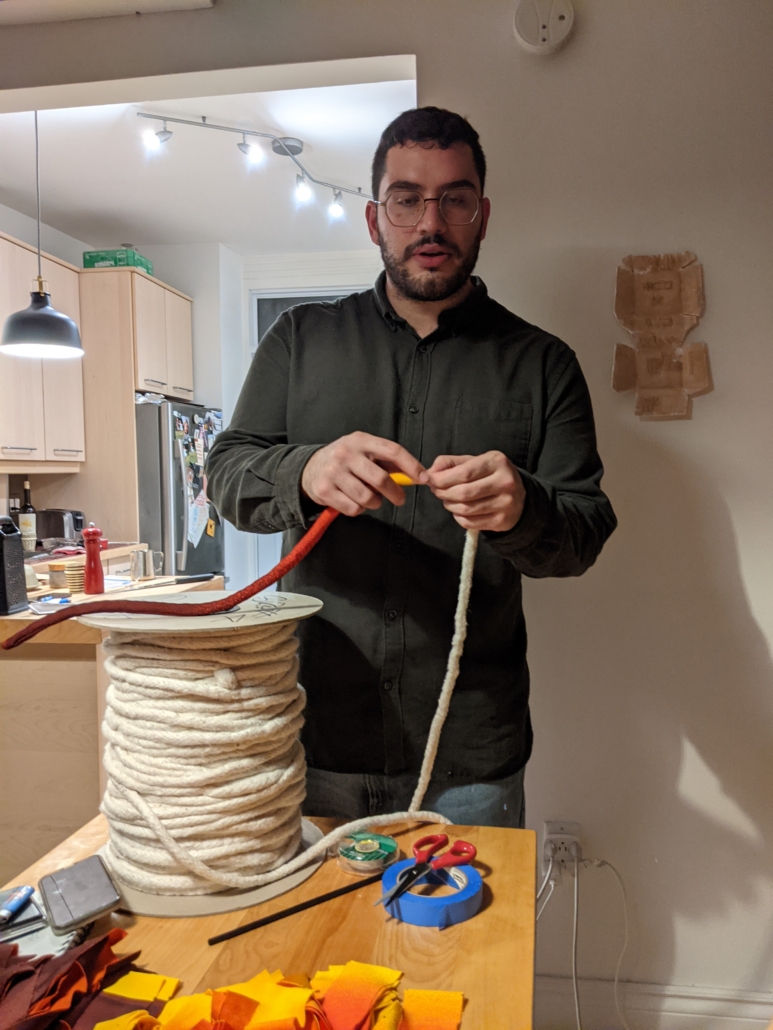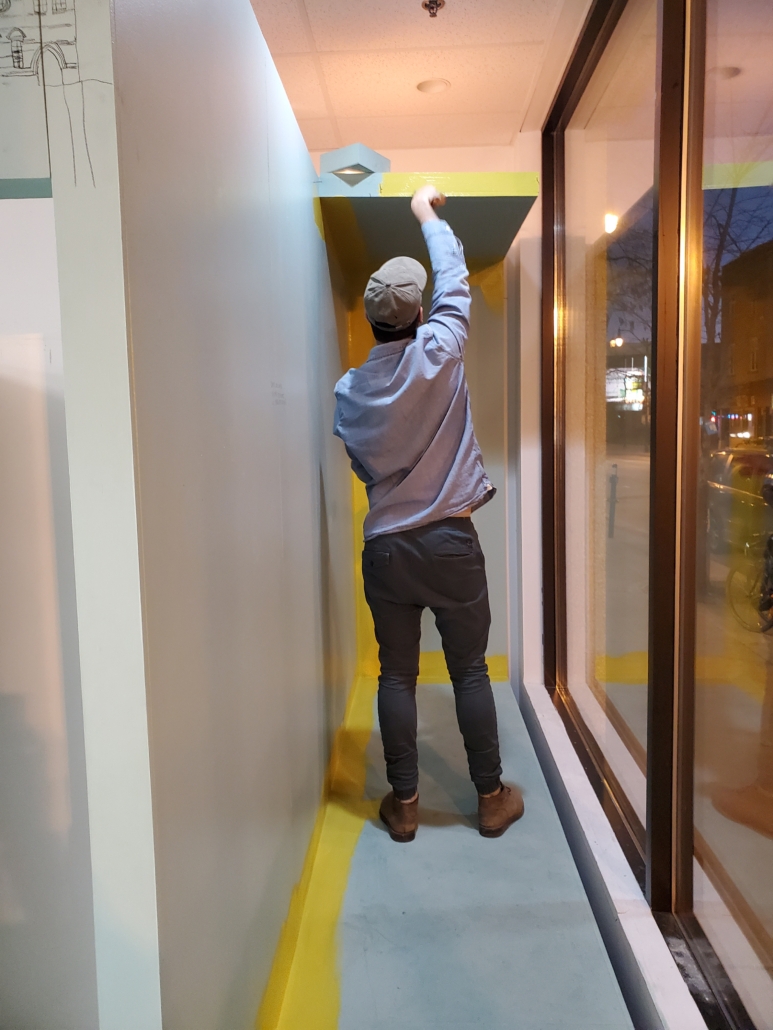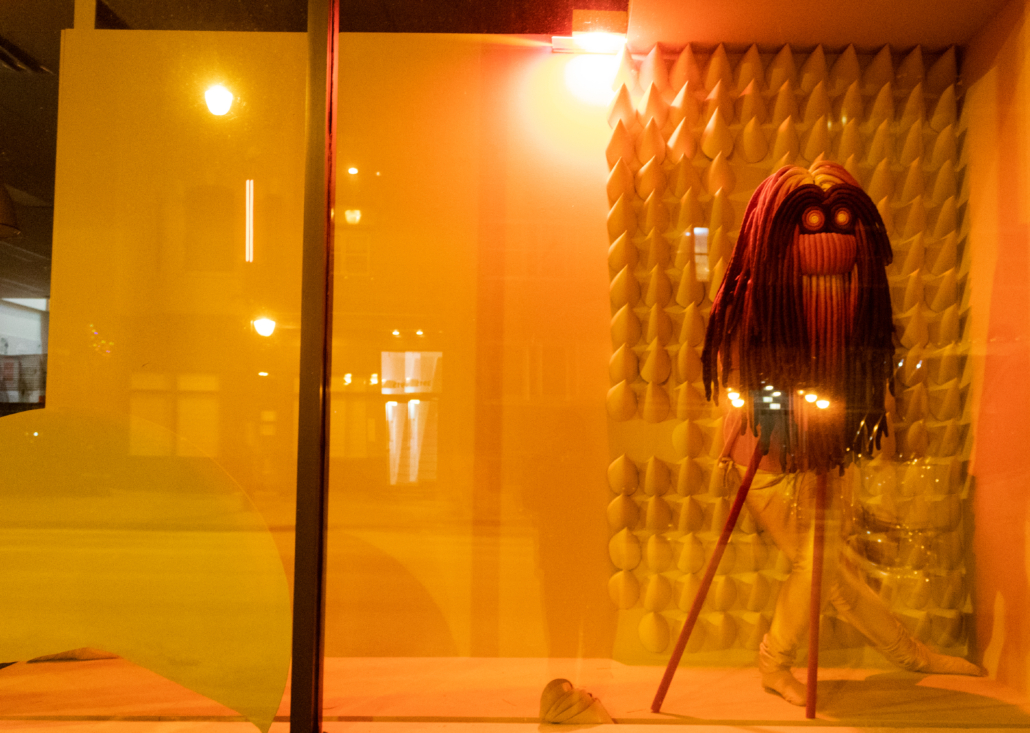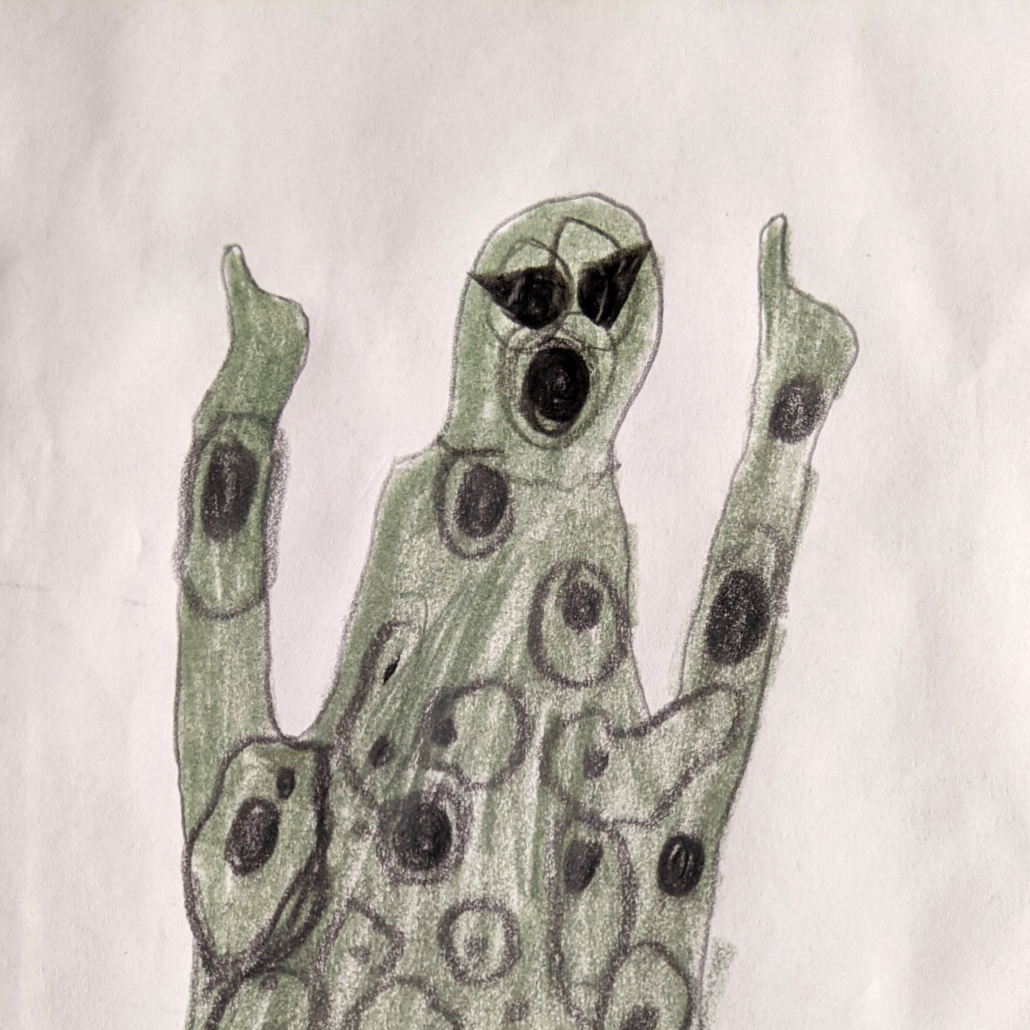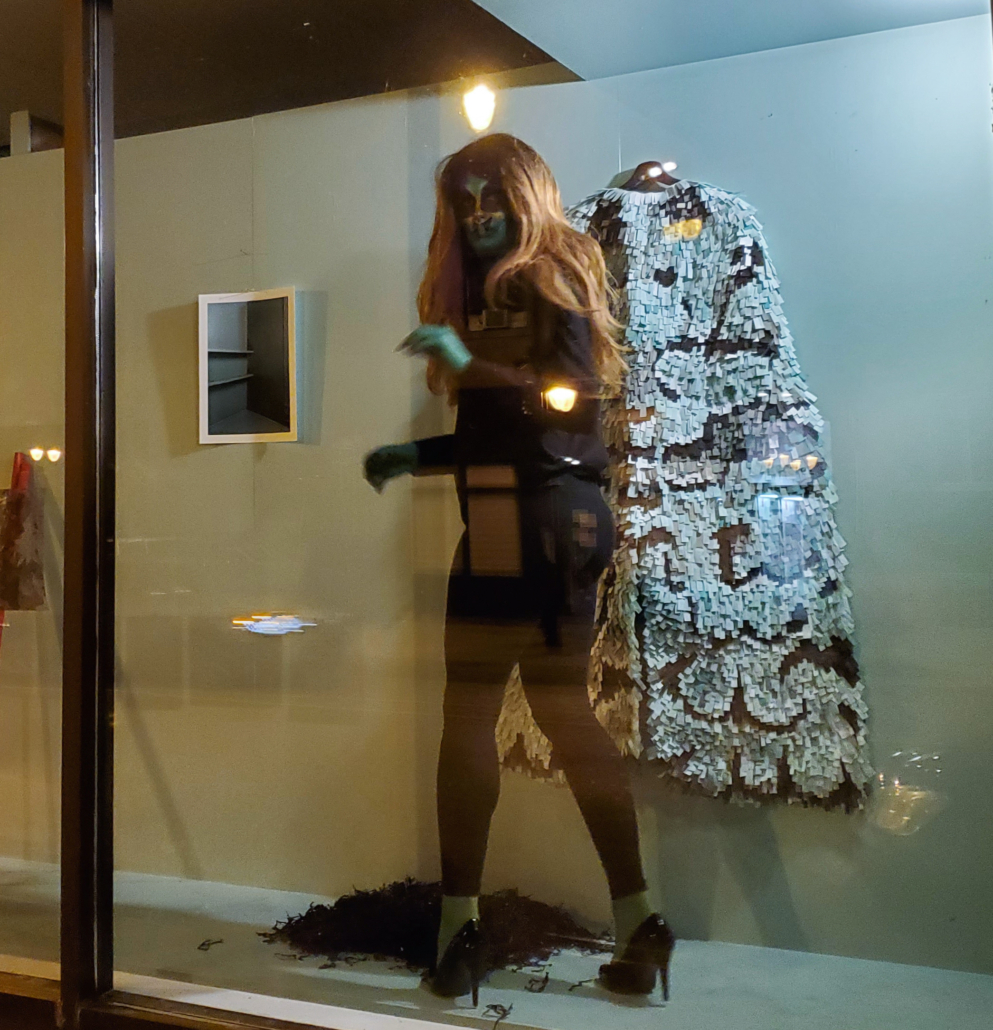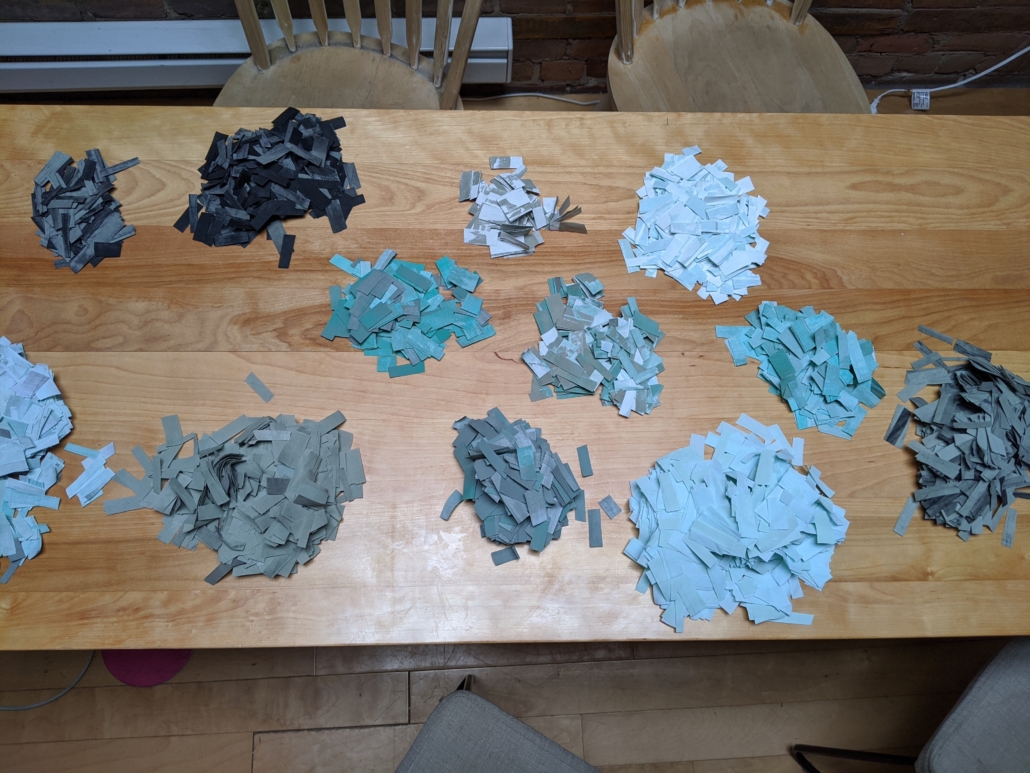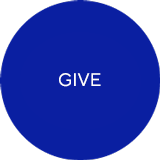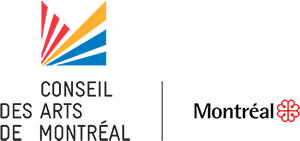L’Écrin – A look back on «Leurre doré» by François Rioux
”There is a DIY variable in my work since I circulate between mediums which pushes me to explore new techniques.”
Can you tell us a little bit about your work? What animates your artistic reflection?
I live in a space where I can’t drift where I want to, which is why I try to shelter such a space in my artistic practice, traveling through the mediums and at their intersection. That doesn’t necessarily mean that we do not see a direction. Besides, it probably comes from a certain footprint left by the Collectif de la dérive. There is a DIY variable in my work since I circulate between mediums which pushes me to explore new techniques. It makes me adopt a posture of learning and exploration rather than mastering the work of a particular subject or technique.
Therefore, I give myself the freedom to do tests. I find that there is a lot of experimentation and attention in learning and discovering a medium or a new technique. That being said, I sometimes feel like I’m brushing against mediums.
On the other hand, learning does the practice and reminds me that I don’t know what I’m working with; I don’t know how to work this fabric I found. It is a way for me to be attentive to what is emerging.
How did you manage to create your project?
When I begin a project, I wonder what I want to do and I learn the techniques to do it, whether that’s sewing, makeup, sculpture, printing, weaving, name it. Often, there are ideas that run through my head that first materialize in sketches. Many remain there. Some sketches will make me want to translate them into another medium. That’s kind of what happened with the monsters in L’Écrin. The sketches allow me to see what I imagine.
I also give myself the opportunity to change my mind, and that’s sort of what happened. Halfway through the residency, I tried something else. Another monster appears.
What did you want to explore?
The question is biased, because it implies that the exploration was born of a research intention, or a desire to find. However in my opinion, exploration does not need intent, even though I submitted one to participate in the project.
At first, I was in the universe of the myth of Pandora’s box, go figure. Then comes the moment when I enter the setting with this beautiful moss green, and that’s where the manufacture of the cape and the exploration through evening performances in the widow on St-Catherine began.
” For my part, it was impossible to subtract the fact that it is a constant presentation. ”
L’Écrin is both a sculpture and a support, but it is also a space to experiment and to present unfinished work. How did you work with this constraint?
It’s different from a classic set up in an exhibition space which is often immutable for the exhibition’s duration. The residency allowed me to present the work in progress, the exploration itself. Even if there is always an urge to ‘’present’’ something, because L’Écrin is like a stage on St-Catherine. For my part, it was impossible to subtract the fact that it is a constant presentation.
However, it is a presentation that changes, that we can juggle and have fun with. I can leave things as they are after a performance, because I know I’m going to reinterpret the following week, and change what I’ve installed, or I can just change everything and try something else completely. I still made sure to unplug the hot glue gun.
That being said, there is still a production beat that can be installed when I want to finish an object. Finishing an object is part of experimentation, right? In any case, this is not something that rejected on my part. The fact remains that is plays on certain borders, like a jam with matter. Although I had “finished” some objects, the exploration continued in performance. How to move or what to do with these “costumes”. How does a monster moves? These are questions we’re going to ask ourselves in theatre or in puppetry, and it was moving me from my comfort zone in performance.
Your work in L’Écrin has essentially been experimental. Will you pursue some of the reflections that have arisen during this process?
I still hear the echo of some questions asked by the audience during the presentation of my residence by video conference. The next day, I would surely have answered some questions in a totally different way. To the question, are monsters somehow alter egos, I would surely answer that yes, now that I think about it.
In short, the fact remains that experimentation creates a situation of constant learning where I sometimes get bogged down, taking a direction impossible to imagine at the beginning. I think that’s why I like performance. It thwarts my tendency to over-anticipate and over-prepare something. It puts me in the world of play, testing, madness, mistakes, rather than production. Definitely, the reflections that occurred during residency change the way I perceive my practice now.
View the recorded presentation of «Leurre doré» (January 16, 2021).
Images
Photos: Pablo Elizondo
Drawings and animated gifs: François Rioux



